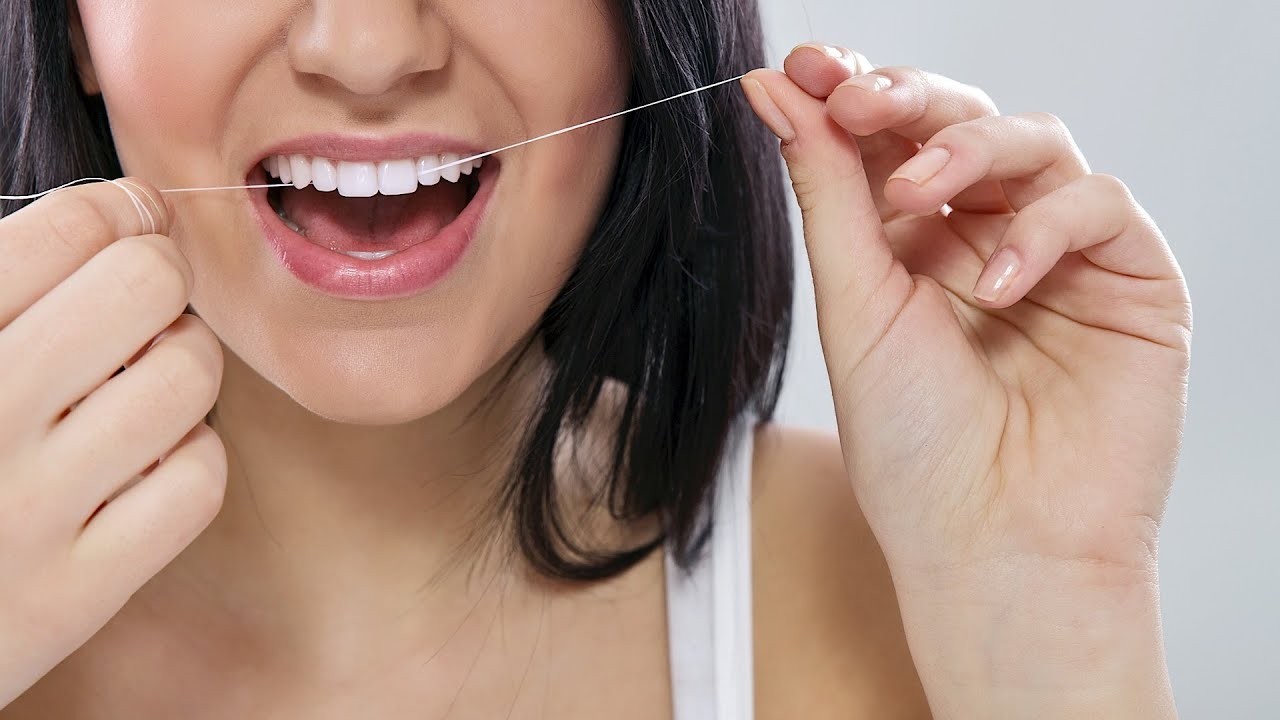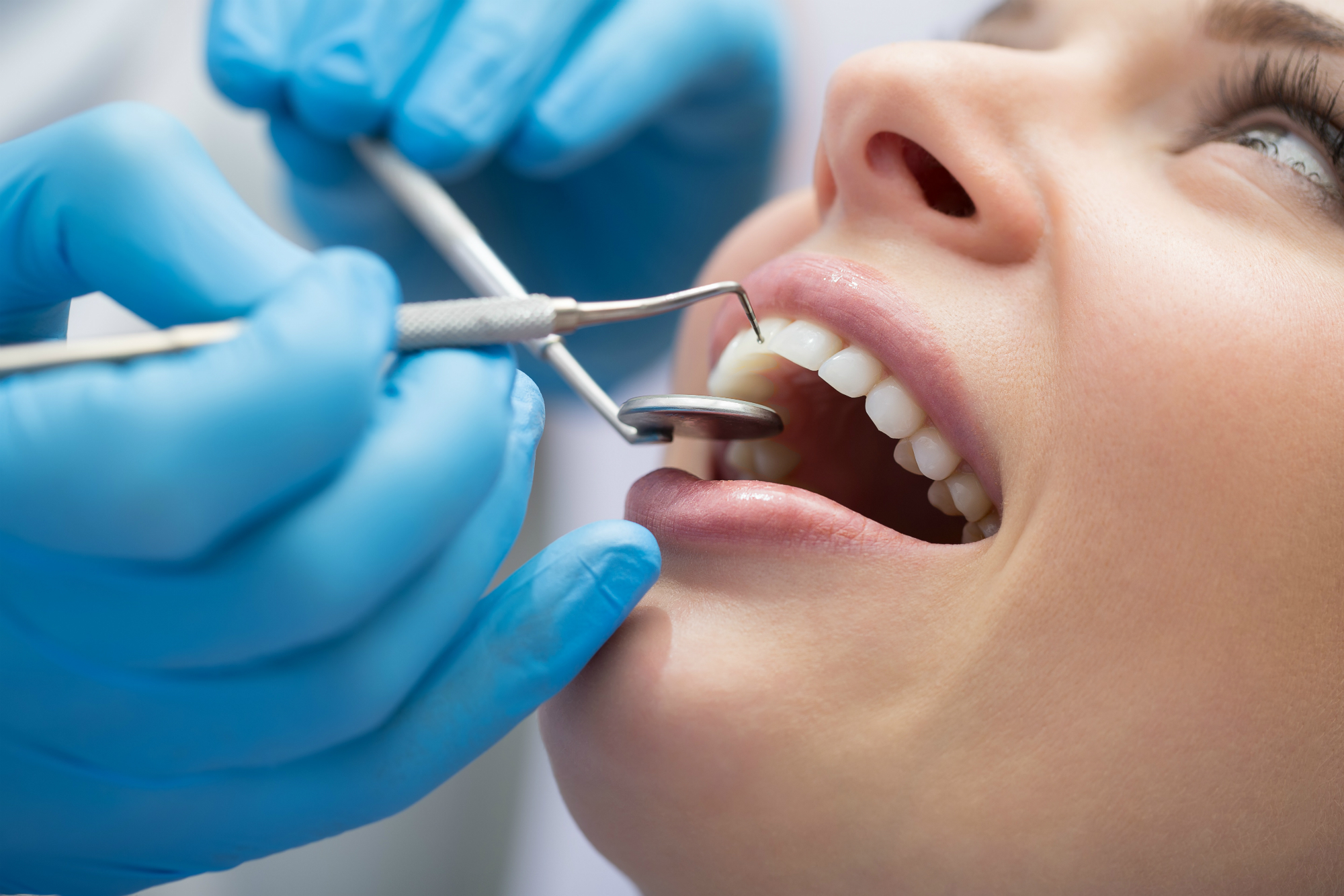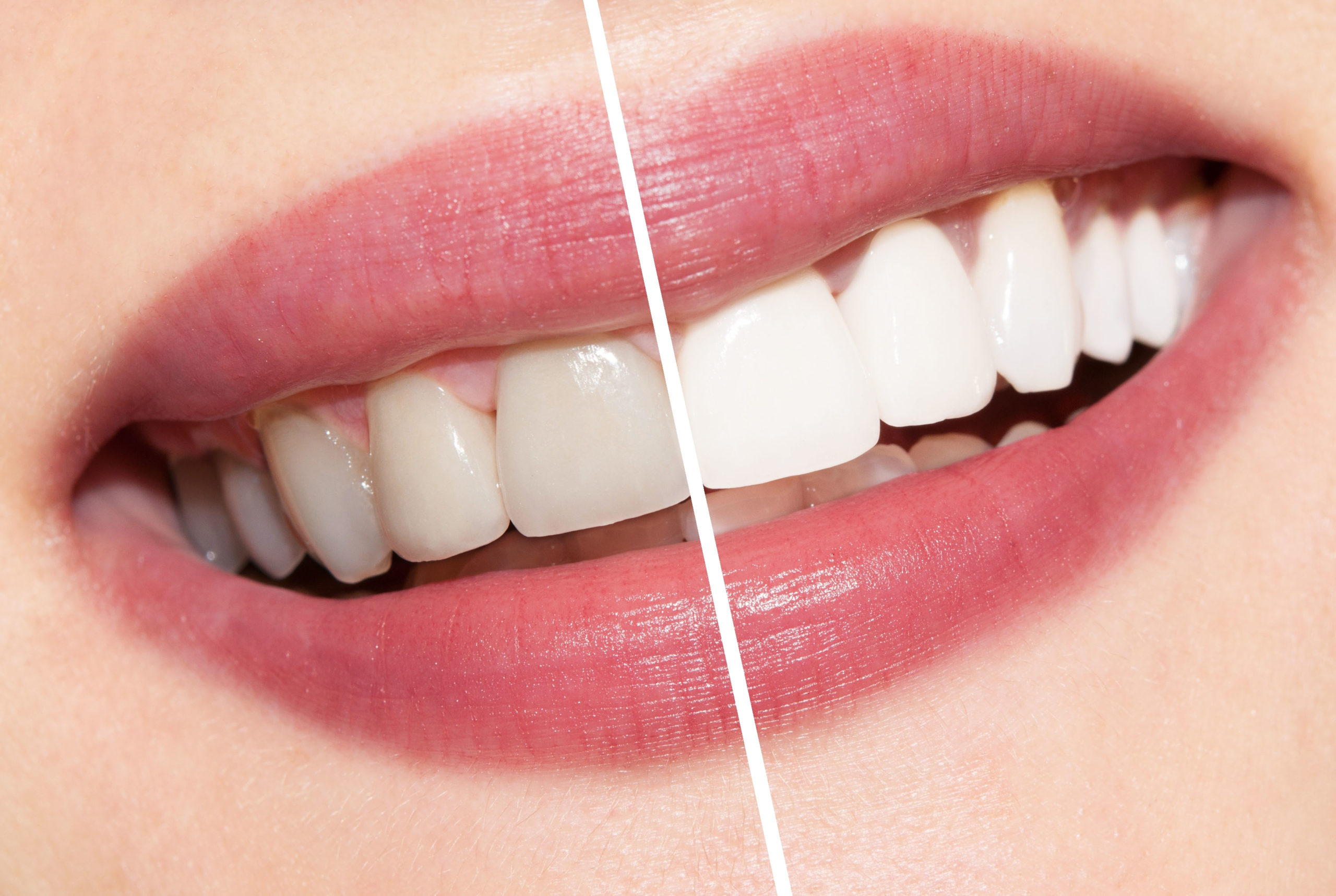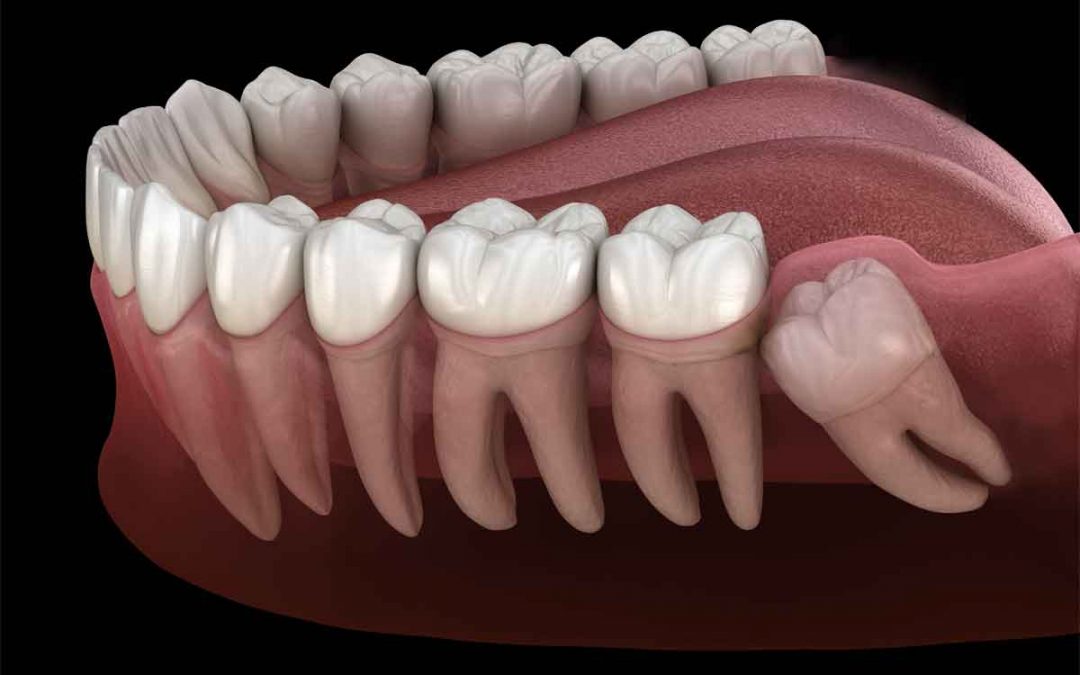Spots of brown discoloration on the teeth are very common. People can often prevent or eliminate them by making certain lifestyle changes or seeking dental treatment

The following factors can lead to brown spots on the teeth:
Foods and drinks
Many dark-colored foods and drinks contain chemicals called chromogens. Like the tannic acid in red wine, these chemicals can stain tooth enamel.
Over time, these stains may become permanent, especially if a person has poor dental hygiene.
Foods and drinks containing artificial colors and dyes can also cause significant staining of the teeth.
Nicotine and tobacco products
These contain particles that can stick to microscopic pores in the tooth enamel Stains resulting from smoking, chewing, or dipping tend to become darker and harder to remove over time.
Tartar
We keep levels of plaque under control by brushing and flossing. Poor oral hygiene causes plaque to harden into a more permanent coating referred to as tartar or calculus. Once tartar has formed, only a dental professional can remove it.
Aging
As people age, the white enamel that protects the teeth slowly degrades, exposing the layers of yellow dentin underneath. This natural process can lead to yellowish-brown spots or large patches or discoloration.
Genetics
Everyone’s natural tooth color is different, and some may be darker than others.
Medications
Some medications cause tooth discoloration, particularly the antibiotic tetracycline and its relatives. This is common in young children.
Fluorosis
Too much fluoride can stain enamel, especially in children younger than 8 years old.
This discoloration is called fluorosis. It may appear as white or greyish streaks across the teeth. In severe cases, fluorosis can cause dark brown spots and pits.
The easiest way to prevent brown spots on the teeth is by practicing good oral hygiene.
The following tips may help:
- Brush the teeth with a fluoride toothpaste for 2 minutes twice daily.
- Floss once a day.
- Rinse the mouth with water or brush the teeth after eating, especially when meals have contained high amounts of sugar, chromogens, or tannins
- Regularly get dental cleanings and assessments.
- Stop using nicotine or tobacco products.
Foods that may help prevent tooth discoloration include:
- green, leafy vegetables, such as kale, spinach, and broccoli
- cheeses and fermented yogurts
- high-fiber fruits and vegetables, such as apples, plums, pears, and celery
- foods rich in certain antioxidants, including carrots, ginger, and garlic
- whole grains and cereals and nuts

A dentist or dental hygienist will use instruments to scrape, blast, or rub tartar and plaque away from teeth. A dentist may also perform minor procedures to whiten the teeth and protect them from further decay. These include bleaching and applying topical fluoride.
For permanent or stubborn brown spots on the teeth a dentist may be able to hide discolorations, or prevent further discoloration, with:
- white composite fillings
- veneers
- crowns
It is a good idea to speak with a dentist or doctor any time a person is unsure of the cause of discoloration.



















